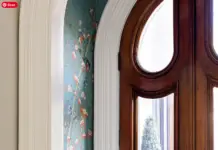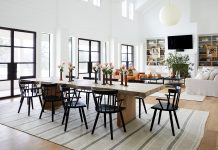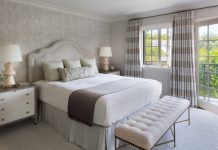There are numerous interior design tricks to make your rooms look a lot more spacious. Perhaps some of the most effective ones include manipulating the lighting in your room. Whether it’s bouncing light off your walls or using specially-designed fixtures to create a sense of space, here are five of the most effective lighting tips to make a small space feel bigger.
1. Try using taller lighting fixtures
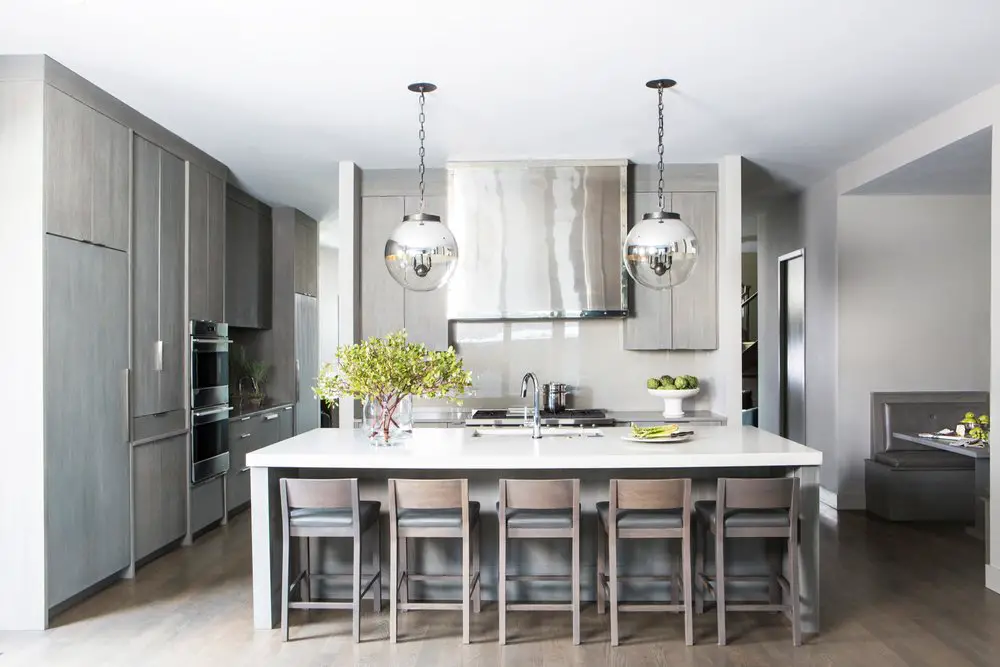
It’s surprisingly common to have relatively small but tall rooms. If you have high ceilings then you may be able to make use of different lighting fixtures to create a sense of space. The most common technique is to use taller lighting fixtures or longer lamps that extend further from the ceiling.
This allows you to create a sense of scale to highlight how tall your rooms are. Longer lighting fixtures can also bring the lights closer to the center of the room. This helps to brighten your rooms since the source of light is closer to the middle. This prevents large shadows from forming around the room and means you can use a lower-power bulb to achieve a great lighting effect.
2. Make use of a lighting centerpiece
A large centerpiece can be an excellent addition to any small room. A beautiful grand lamp or chandelier can be surprisingly effective at spreading light around the room and the design can catch people’s attention which draws their gaze away from the size of the room. A large lighting centerpiece can be expensive at times but there are plenty of affordable options if you’re willing to look around.
The main issue with an extravagant lighting centerpiece is that it can often take strange bulb shapes and sizes, making it difficult (or expensive) to find replacement lights at times. If you’re careful with your lighting choices and pick something that supports long-lasting LED bulbs, then you can drastically reduce the costs of maintaining a grand lighting centerpiece.
3. Use large mirrors to reflect light around the room

Some rooms might be oddly shaped which makes it difficult to provide enough lighting to every corner. This can make the room seem a lot smaller than it is. Effective use of lighting can really uplift a room and make it look more spacious but how do you bend light around corners to brighten up dark areas?
The answer is to use large mirrors around the room. By strategically placing mirrors on the walls and in key locations where there is little light, you can reflect light around the room which brightens up even the darkest areas. You typically don’t want to place mirrors on every single wall so you should experiment with mirror locations to bounce light to areas that need it the most.
4. Spread the lighting around your room
If possible, you should try to spread the lighting around your room by adding lamps and fixtures to dark areas. The lighting may feel uneven if you have to combine large ceiling lights with smaller lamps so achieving a proper balance is the key to using multiple sources of light to make a room feel bigger.
If your small room only has a single source of light, then this can be one of the most cost-effective ways to make your room feel a lot larger. If you have multiple large objects in your room, then the shadows cast by a single source of light can often feel intimidating and make you feel enclosed in a tight space. You can counteract this by strategically placing sources of light around the room so that there are smaller or fewer shadows being cast by the objects in your space.
5. Add light sources to your walls as well
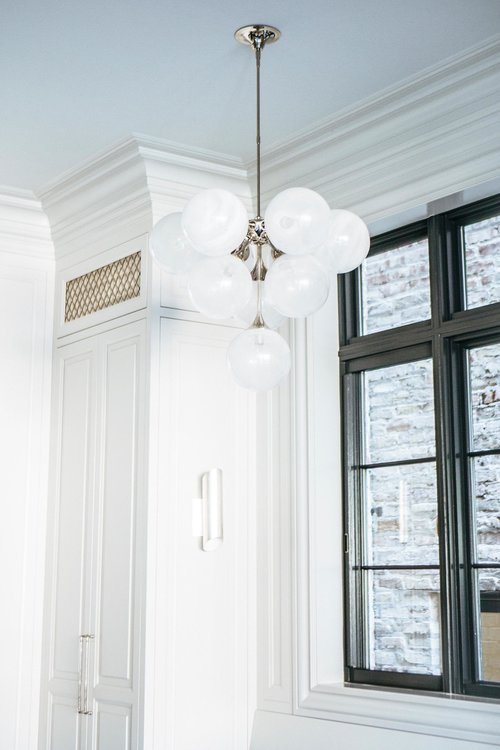
While most people typically think of ceiling lights and lamps as the only sources of light, you can make use of stylish wall lighting ideas to spread the light around your rooms. When combined with mirrors, you can bounce light all around a tight room to make it feel brighter and more spacious than before.
Wall lights are also a great option for small rooms because they don’t take up floor space and you don’t need to have a large light hanging from the ceiling. It saves a lot of space that can be used for other furniture, and they can generally be installed anywhere there’s a bare wall. Thanks to www.artcraftlighting.com for consulting on this post.










